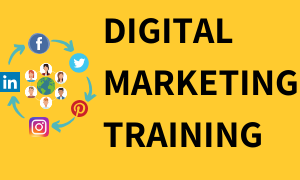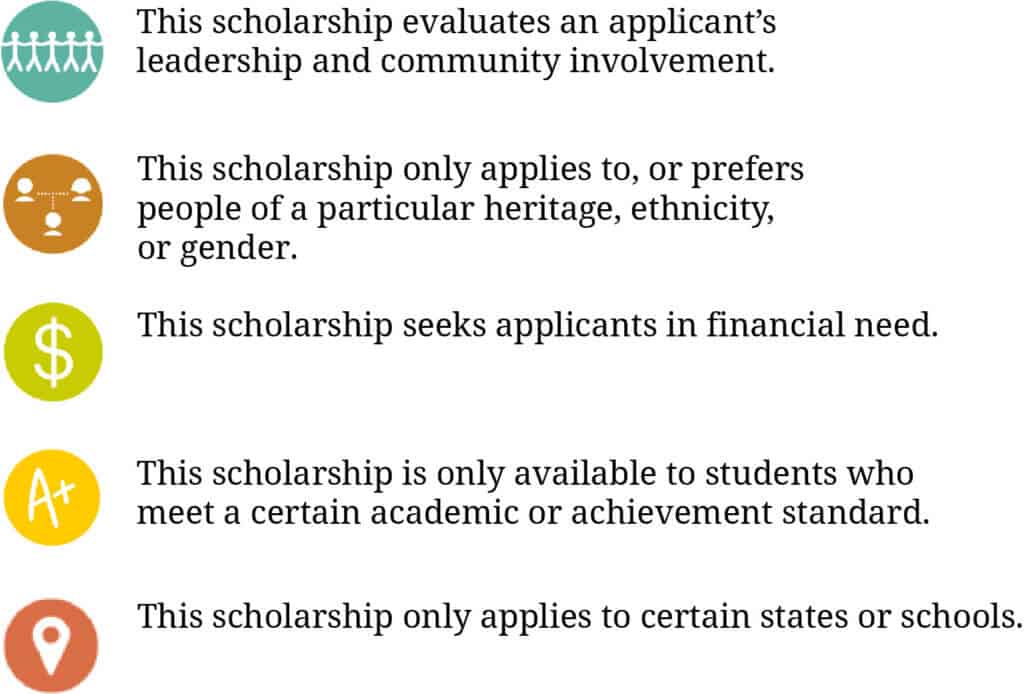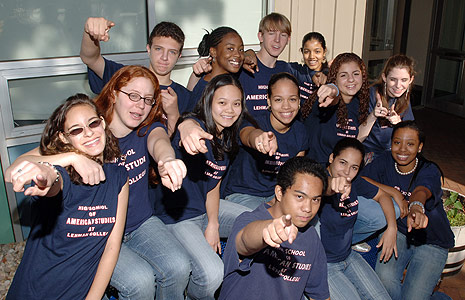
Knowing your eligibility for financial aid is important. Although there are many factors that influence the amount of financial help you receive, there is a set of rules that all recipients must follow. These include meeting general eligibility requirements and Satisfactory academic Progress standards. You must also submit a FAFSA annually to be eligible for federal aid.
Calculating your financial aid package
Preparing for college is not complete without knowing how to calculate your financial aid package. There are many advantages to receiving financial assistance, but it is crucial to identify the best programs for you. You will receive financial aid award letters that explain the amount you can expect, including federal loans or other funding. Information about repayment options will be included in the financial aid award letters.
First, calculate your family's expected contribution to the overall cost of your education. To estimate your family's obligation, you can use the Princeton net cost calculator. The calculator assumes that your residence is in the United States or Canada. It's not meant to be used for students of other countries. You should also understand that the calculator results are not guarantees of aid awards. It is a guideline based on Princeton's aid practices. The actual award is determined by the aid office.

FAFSA Application Form
FAFSA forms are required by most grant programs. This is the first step in applying for student loans. You can fill out the FAFSA online or through the FAFSA mobile app. There are no fees or charges for the FAFSA, and it will help you get the money you need to attend college.
You will need to gather information and documents to fill out the FAFSA. This information can be used to calculate how much college you can afford. You should also have your social security number and date of birth ready. Once you have all of your information prepared, choose the appropriate form for the school you will attend. You can find the deadlines for different time periods by visiting the FAFSA website. If you are planning to attend school for more than one time period, fill out the first FAFSA Form and then use the second form for the second.
The formula is easy to understand
One of the most important things to understand about the financial aid formula is that it is based on your family's income, not your own. The formula subtracts your Expected family contribution (EFC), from the cost of attending COA. Your EFC will determine how much financial aid you are eligible for.
The EFC is the maximum amount your family can pay to go to college. It is calculated using a chart such as the one shown above. This figure represents what colleges consider you can afford to pay for college. Your COA, or cost of attendance, is the total amount that you will need to pay after you have taken into account financial aid.

Financial aid eligibility is reduced by tax-sheltering techniques
One way to avoid being turned down for financial aid is by setting up a contingency fund in the name of your child. A fund should have at least six months salary in order to be able to access it in case of unanticipated circumstances. In most cases, this fund should be divided between all family members enrolled at college.
You can invest in savings bonds and regular taxable accounts. This will have less impact on your child's eligibility than UGMA/UTGA custodial accounts. Remember that your child's assets are valued in the base year and not in the award years.
FAQ
How do I apply to college?
There are many different ways to apply to college. Start by speaking with your high school admissions counselor. Online applications are popular among high schools. You can also reach out to local colleges directly. Most colleges will accept applications over the Internet through their website.
If you are applying by mail you will need to fill in the application, submit a personal statement and copies of all required documents. The personal statement gives you an opportunity to share why you want to attend this particular institution and how it would benefit you. It also helps the admissions committee understand your goals and motivations.
On our website, you will find samples of essays that can be downloaded.
How do I select my major?
Students choose their majors based upon their interests. Students may choose to major in the subject they are most passionate about because it is easier than learning something else. Others wish to pursue a career that is not available. Others decide to major because they want to earn money while studying. Whatever your reason, you should think about what type of job you would like to have after graduation.
There are many options for information on different areas of study. Talk to your friends and family about their experiences in these fields. Check out newspapers and magazines for possible careers. Talk to your guidance counselor at school to learn more about possible careers. Visit Career Services at the local library or community centre. Check out books related to various topics at your library. Use the Internet to search for websites related to specific careers.
What are the different types of early childhood education?
There are many different ways to describe early childhood education. Here are some of the most commonly used ones:
-
Preschool - Children ages 2 to 5
-
PreKindergarten – Children aged 4-6
-
Head Start/Headstart - Children from 0-3 Years
-
Day Care/ Daycares- Children aged 0-5
-
Child Care Centers for Children from 0-18
-
Family Child Care – Children aged 0-12
-
Home Schooling - Children ages KG to 16
What is the purpose and function of education?
Education should be able to help students acquire the skills needed for employment. Education is more than a academic pursuit. It's a social activity that allows children to learn from one another and gains confidence through participation in arts, music, and sports. Education is about learning to think critically and creatively so that students can be self-reliant and independent. What does it really mean to have high educational standards
A good education system is one that helps all students achieve their potential. They set clear goals that teachers and pupils work towards. Good educational standards are flexible enough to enable schools to meet changing needs. Equal opportunity for all children, regardless of background, must be provided.
What is the difference between college and university?
A university provides higher education. It offers courses in various areas, both undergraduate and postgraduate.
A college is typically smaller and less well-known than a university. While it might offer fewer courses than a university, it often has its own specialist department.
What is a Trade School?
Trade schools provide an alternative pathway for students who have not achieved success at traditional higher educational institutions to earn a college degree. These schools offer career-focused programs that prepare students for specific jobs. These programs require students to complete two years of coursework in one semester. After that, they enter a paid apprenticeship program in which they acquire a job skill and get on-the-job training. Trade schools can include technical schools, community colleges and junior colleges as well as universities. Some trade schools offer associate degrees.
Statistics
- These institutions can vary according to different contexts.[83] (en.wikipedia.org)
- And, within ten years of graduation, 44.1 percent of 1993 humanities graduates had written to public officials, compared to 30.1 percent of STEM majors. (bostonreview.net)
- Data from the Department of Education reveal that, among 2008 college graduates, 92.8 percent of humanities majors have voted at least once since finishing school. (bostonreview.net)
- They are more likely to graduate high school (25%) and finish college (116%). (habitatbroward.org)
- Think of the rhetorical power of nineteenth-century abolitionist Harriet Beecher Stowe, Martin Luther King, Jr., or Occupy Wall Street activists with their rallying cry of “we are the 99 percent.” (bostonreview.net)
External Links
How To
What is vocational Education?
Vocational Education prepares students for work by giving them skills that are required for a specific job, such as welding. It also includes on-the-job training in apprenticeship programs. Vocational education differs from general education because it focuses on preparing individuals for specific careers rather than learning broad knowledge for future use. Vocational training is not designed to prepare individuals for university but rather to assist them in finding jobs upon graduation.
Vocational education may be provided at all levels of schooling, including primary schools, secondary schools, colleges, universities, technical institutes, trade schools, community colleges, junior colleges, and four-year institutions. There are many schools that specialize in specific subjects, such as nursing schools (law schools), medical schools, dental school, veterinary medicine and firefighting schools. Many of these schools provide both academic instruction as well as practical experience.
Over the past decade, a number of countries have made substantial investments in vocational education. These include Australia, Denmark and Finland, Germany. The effectiveness of vocational training is still a controversial topic. Some critics claim it is not effective in improving students' employability. Others argue that it helps them prepare for life after school.
According to the U.S. Bureau of Labor Statistics, 47% of Americans have a degree or certificate related to their current occupation. This percentage is higher among those with higher education. 71% percent of the 25-29 year olds with a bachelor's degree are currently working in fields that require postsecondary credentials.
The BLS reported that almost half the adult population of the country had at least one form of postsecondary credential as of 2012. One-third of Americans had a two year associate degree. Only 10% held a four-year bachelors degree. One in five Americans holds a master’s degree or doctorate.
For those with a bachelor’s degree, the median annual income was $50,000. This is compared to $23,800 if you don't have one. The median salary for people with advanced degrees was $81,300.
The median wage for people who did not finish high school was only $15,000. Those with less than a high school diploma earned $13,000 per year.